Menu
A tree can add immense value to your landscape, providing many benefits like shade, curb appeal, and overall environmental well-being. However, planting the tree is just the beginning. Ensuring its growth and longevity requires proper aftercare, and that's where Driscoll Tree Service comes in. As a trusted tree care company, we provide comprehensive services, from planting and maintenance to complete tree and stump removal. Let's go through essential aftercare steps to keep your tree thriving.
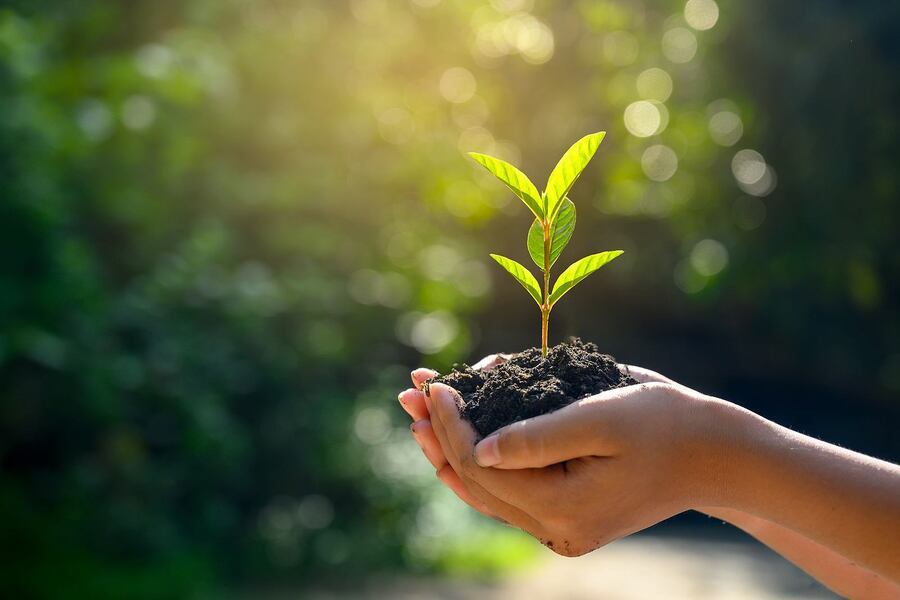
Watering is the foundation of tree aftercare. Newly planted trees have limited root systems and require consistent watering to establish themselves in the soil. Arborists and industry professionals recommend watering the tree daily for the first two weeks, ensuring moist soil. However, waterlogging is a risk following excessive watering, hence the need to reduce the frequency to once or twice a week. It is advisable to water deeply, as shallow watering causes weak root development, health and structural deterioration, and premature tree removal emergencies. If you prefer a professional approach, hire certified arborists to monitor the soil moisture level regularly and adjust the watering schedule based on the weather to effectively address the tree's water needs.
Mulching is an excellent practice to conserve moisture, regulate soil temperature, and suppress weeds. Tree service professionals usually apply about a four-inch layer of organic mulch to provide these benefits. If you handle mulching by yourself, leave a small gap to prevent moisture accumulation, rot and pests. Mulching creates a healthy micro-environment for the tree, reducing evaporation and keeping the soil moist longer. This protective layer is crucial during hot weather, reducing the risk of dehydration and removing trees if left unattended.
While pruning is often associated with mature trees, it's also a vital step in aftercare for young trees. Pruning helps establish a strong structure by removing damaged or competing branches that can weaken the tree. However, it's essential not to over-prune. If you don't have the tools or expertise required, hire a tree service provider to remove dead, diseased, or damaged branches during the first few years. This goes a long way to prevent over-pruning and the subsequent stress and disease susceptibility. Arborists often recommend pruning in late winter or early spring when the tree is dormant to minimize the risk of infection and disease.
Newly planted trees can benefit from proper fertilization to provide the nutrients they need to grow. However, using a balanced, slow-release fertilizer that promotes steady growth is crucial. The last thing you want is a quick spurt affecting structural integrity, leading to premature removal of trees. In addition, too much fertilizer can damage the roots and hinder growth. Schedule a soil test with a reputable tree care company before applying any fertilizer to determine if there are any nutrient deficiencies. Fertilizing should be done sparingly and ideally during the growing season to support the tree's natural growth cycle.

A newly planted tree is more susceptible to pests and diseases, which can stunt its growth or even kill it. Regular monitoring is essential to catch any issues early. Look for signs such as yellowing leaves, wilting, or unusual spots on the bark or leaves. Remove any affected leaves or branches and treat them with organic or chemical controls. Encourage beneficial insects and birds in your garden, as they can help control pest populations naturally and prevent tree removal costs.
Tree planting aftercare is more than just a task; it's an investment in the future of your landscape. Following these steps can help ensure that your tree grows strong and healthy for years. Contact us at the Driscoll Tree Service and schedule a consultation with our arborists to maintain a beautiful, mature tree that enhances your property and contributes to the environment.
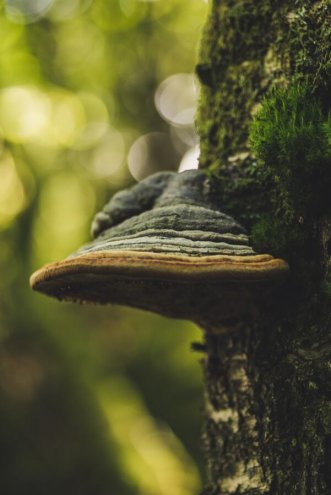
What Is Tree Fungus? Trees are an integral part of our environment, adding value, beauty, and a sense of tranquility to our properties. However, these majestic organisms are not immune to various challenges, one of the most common being tree…
Read More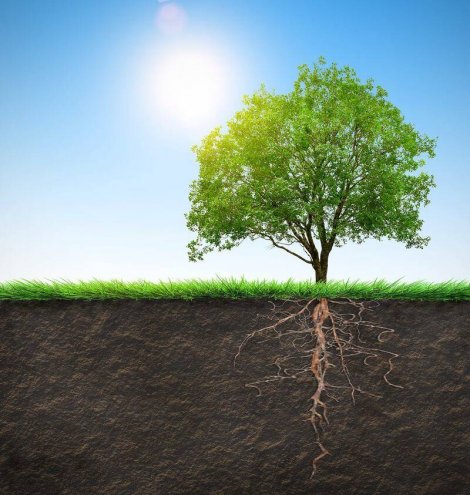
4 Signs of Tree Root Damage Trees are valuable additions to any landscape and offer various environmental benefits. Regular care is critical to maintaining healthy and durable trees, like most living things. If you suspect deterioration in your trees, the best…
Read More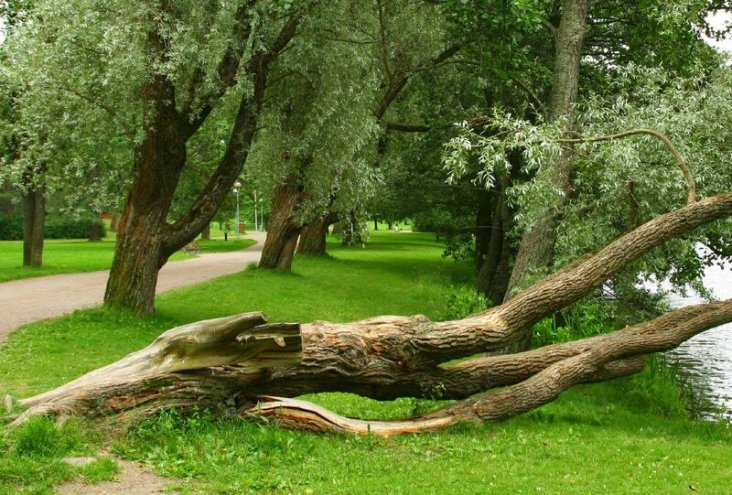
Why are My Tree Branches Falling Off? As the summer temperatures rise, the tranquility of your garden may be disrupted by branches falling off your trees. Unlike the more common storm or ice damage, these occurrences can leave you puzzled,…
Read More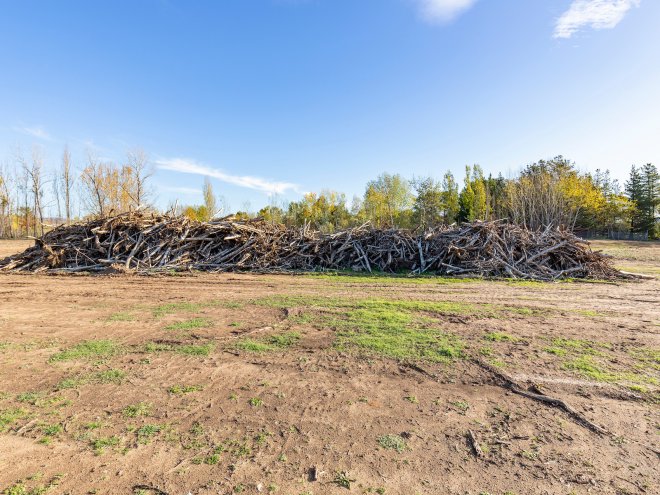
Best Tips to Clear Overgrown Land Land is one of the best investments you can make, but here’s the catch: if you want to unlock its full potential, then you’ve got to cultivate or develop it. Before you can do…
Read More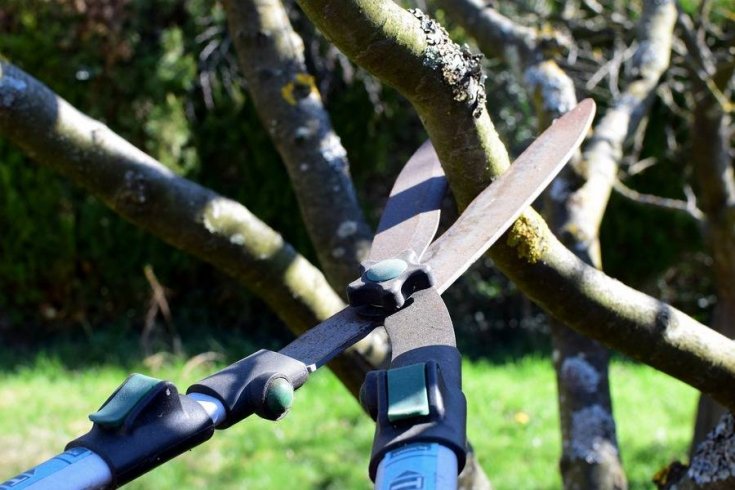
3 Commonly Used Tree Trimming Tools Trees offer many benefits, making them a valuable addition to any landscape. Like most living things, proper care is vital for growth and development, hence the need to schedule routine inspections with a professional…
Read More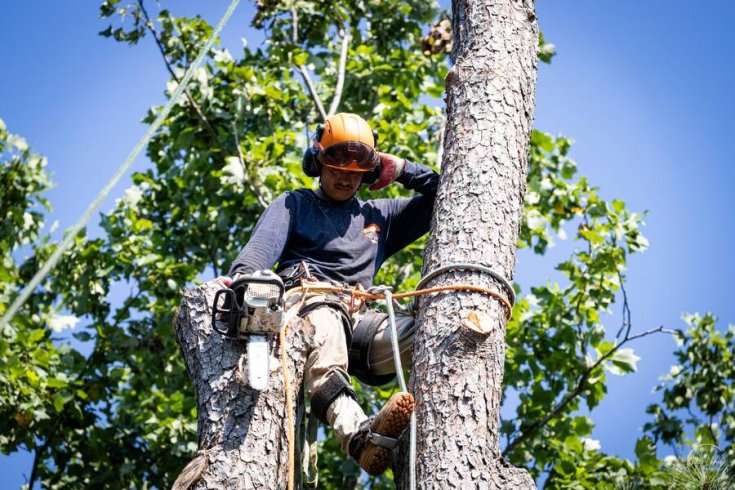
Pruning Mistakes That Invite Pests Into Your Home Proper pruning keeps trees healthy, encourages strong growth, and grabs the attention of prospective buyers and tenants. When pruning is done hastily or incorrectly, however, it can open the door to much…
Read More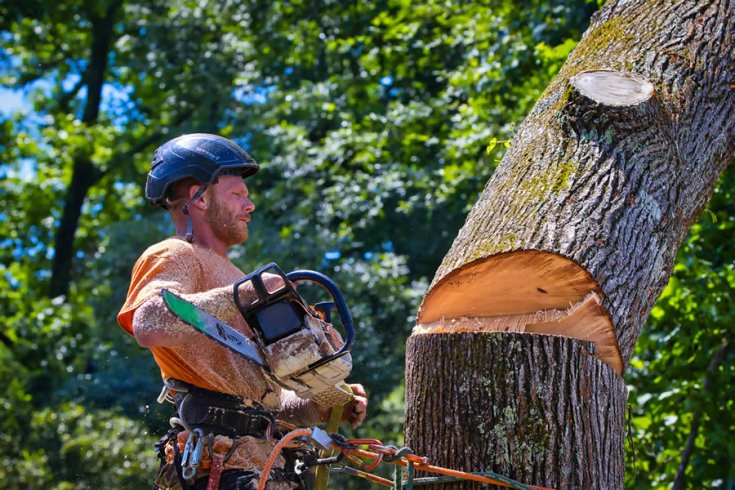
How to Prevent Tree Hazards Tree failure is a tree's breakdown from various problems. All trees are vulnerable to problems, even healthy trees. Careful inspection of your trees can allow you to identify any potential hazards and possible treatments. Driscoll…
Read More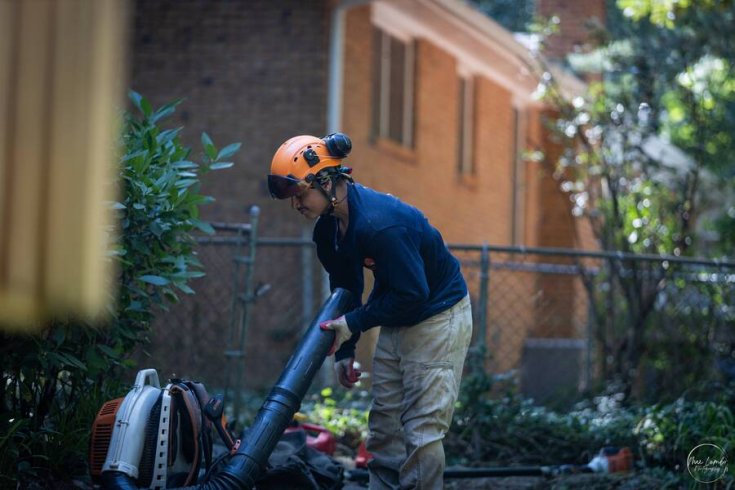
It should go without saying that when it comes to caring for your trees, hiring a professional is always the smarter choice. Whether you’re dealing with routine trimming, storm cleanup, or a full tree removal, the risks and complexities make…
Read More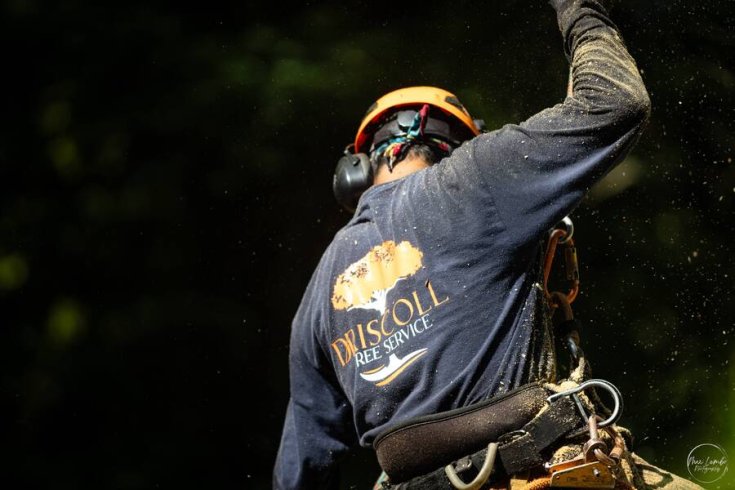
Top Reasons to Hire a Certified Arborist for Tree Services Trees are among the best investments you can make in your property. They offer aesthetic, provide shade, increase home value, and can even give you delicious fruit to enjoy. However,…
Read More
The Advantages of Landscaping for Real Estate Most people assume landscaping entails levelling the terrain of a property to enhance curb appeal. While this is partially true, there’s more to it. Whether it’s including plants, paving, gardening or adjusting visible…
Read More